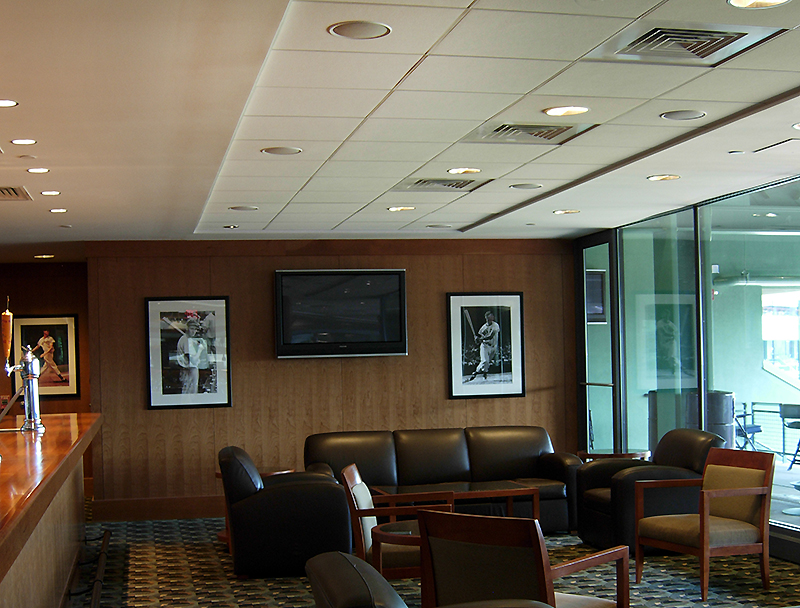
Myth: Due to the lethal voltages present in these systems, the wiring must be in conduit. It’s not the voltage that is potentially lethal – it’s the current. The higher the voltage, the more current is “pumped through” something that finds its way into the circuit. It’s best to treat these circuits with the same respect you would render an electrical outlet, even though in practice the voltage and available current are far lower.
Many of today’s larger power amplifiers (1 kW and higher) can produce higher voltages than 70 volts, along with many amperes of current. These are potentially much more dangerous than the typical 70-volt system.
Nonetheless, keep your tongue off the loudspeaker’s terminals and don’t use 70-volt distribution for your hot tub loudspeakers without strict adherence to the electrical code.
Myth: These systems can’t be installed properly without an expensive impedance meter. The impedance meter is handy but not essential. In fact, the whole reason for the way that these systems are specified is to avoid impedance ratings and impedance measurements.
The objective is to avoid overloading the amplifier (too many loudspeakers, too large tap size, or both). You can stay within the amplifier’s safe load limits by adding up all of the power taps used on the loudspeakers and making sure that the amplifier’s rating is larger.
In scenarios where you’re replacing an existing amplifier, an impedance measurement can assure that the replacement amplifier is large enough for the application, meaning that the minimum impedance of the line is greater than the minimum impedance that the amplifier is rated to drive.
Myth: The system won’t work right unless there is 70 volts on the line. The voltage rating of the amplifier and the power taps on the loudspeakers assume the presence of a 70 Vrms sine wave. You can operate the line at any voltage lower than the rated voltage.
It’s common practice for small systems made up of identical loudspeakers to “max out” the power taps on the loudspeakers and then adjust the amplifier for the desired playback level, with no regard for the rated line voltage. Keep in mind that this may complicate future expansion, since the power tap on the loudspeaker assumes the presence of the full distribution voltage. In other words, your 10-watt loudspeaker will not get 10 watts unless the system is operated at 70 volts.
Myth: It’s incorrect to refer to a 70.7-volt distribution system as simply a “70 V” system. Technically true, but why make things complicated? There’s no practical difference between the two voltages.
Myth: These systems are only for “ceiling speakers” and one shouldn’t mix/match loudspeaker types. A 70-volt system is just a means of signal distribution. It has nothing to do with the type of loudspeaker used. While 70-volt distribution works well for ceiling loudspeakers, the amplifier doesn’t know or care about “what” or “where” with regard to loudspeakers.
Do you have separate circuits in your house for toasters, TVs, and lamps? Of course not. These can all share the same circuit as long as they don’t draw more current than is available. In the same way, it’s perfectly acceptable to mix and match loudspeaker types on a 70 V line. In fact, it’s one of the greatest benefits of this means of signal distribution.
